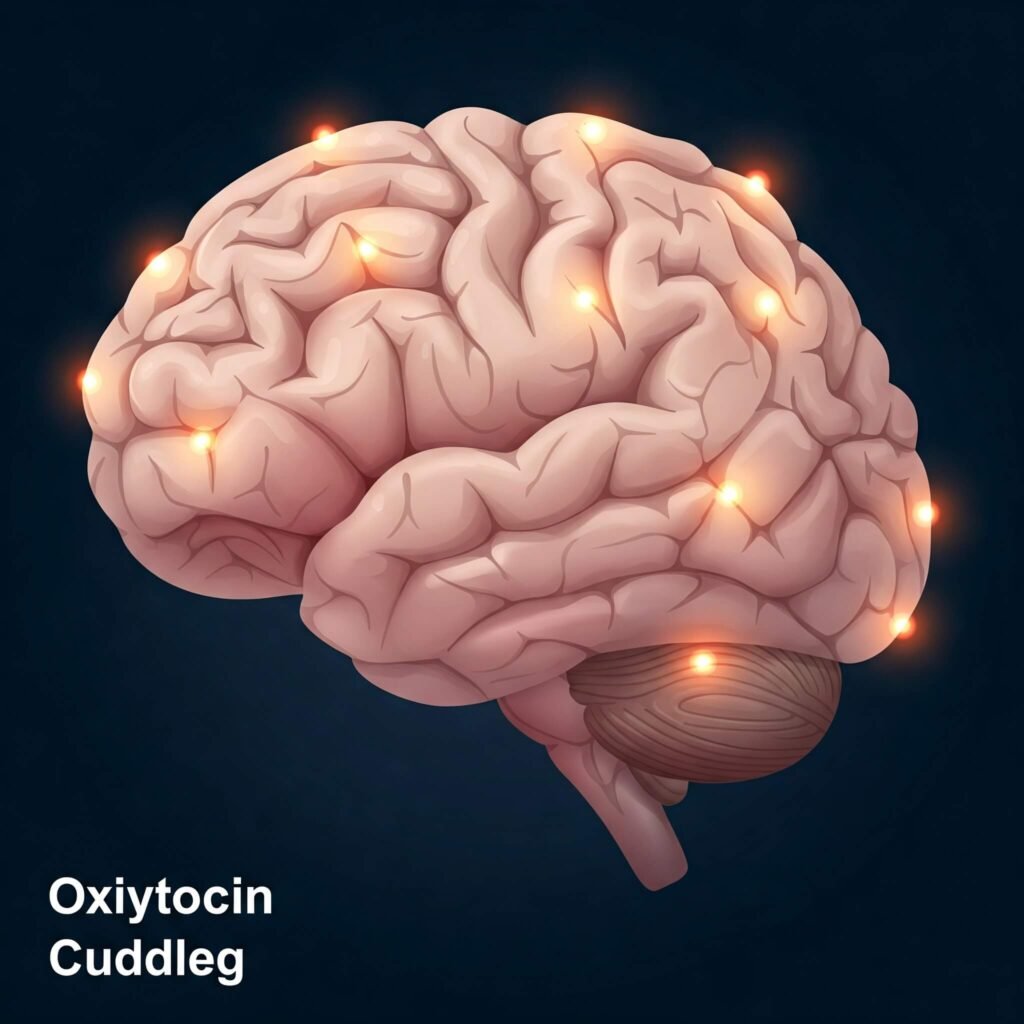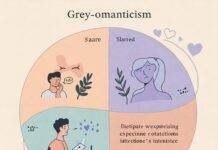In a world often obsessed with physical intimacy, the simple act of cuddling intimacy can offer a profound sense of connection that sometimes surpasses the intensity of sex. Indeed, why is it that holding someone close, feeling their warmth, and sharing a quiet moment can evoke such deep emotions? This article delves into the science and psychology behind cuddling intimacy, exploring why it resonates on a deeper level for many people.

H2: The Science of Cuddling Intimacy: Oxytocin and Beyond
Cuddling releases oxytocin, often called the “love hormone,” which plays a crucial role in bonding and emotional connection. Specifically, this hormone fosters feelings of trust, security, and closeness.
- Firstly, oxytocin reduces stress and anxiety.
- Furthermore, it strengthens the bond between partners.
- Finally, it promotes feelings of calmness and well-being.
Moreover, beyond oxytocin, cuddling engages multiple senses, creating a multi-layered experience of intimacy.

H3: Physical Touch: A Fundamental Human Need
Physical touch is a fundamental human need, essential for our emotional and psychological well-being. In fact, cuddling fulfills this need in a gentle, non-sexual way.
- Notably, infants thrive on physical touch, and this need continues into adulthood.
- Additionally, holding someone close provides a sense of safety and security.
- Besides, it communicates care and affection without words.
H2: Emotional Intimacy: The Core of Cuddling Intimacy
Cuddling often focuses on emotional intimacy, creating a space for vulnerability and connection. Essentially, it’s about being present with someone, sharing a moment of quiet understanding.
- Therefore, cuddling allows for deeper emotional disclosure.
- Consequently, it fosters a sense of being seen and accepted.
- Thus, it strengthens the emotional bond between partners.
H3: Beyond the Physical: The Emotional Connection
The emotional connection formed during cuddling can be more profound than the physical sensations of sex. For instance, it’s about sharing a moment of vulnerability and trust.
- For example, cuddling can create a safe space for emotional expression.
- Also, it builds a sense of shared experience and understanding.
- In addition, it is a form of non-verbal communication.
H2: Cuddling Intimacy vs. Sexual Intimacy: A Matter of Depth
While sex can be a powerful expression of intimacy, cuddling often focuses on a different kind of connection—one that prioritizes emotional closeness over physical pleasure.
- To clarify, sex can be driven by physical desire, while cuddling is often driven by emotional need.
- In contrast, cuddling can be a way to connect without the pressure of performance.
- As a result, it allows for a deeper, more vulnerable exchange.
H3: The Power of Vulnerability in Cuddling Intimacy
Cuddling allows for a level of vulnerability that can be more challenging to achieve during sex. Specifically, it’s about letting down your guard and sharing a moment of true intimacy.
- Undoubtedly, vulnerability fosters trust and deepens connection.
- Hence, cuddling creates a safe space for emotional expression.
- Ultimately, it promotes a sense of being fully accepted and understood.
H2: Real-World Examples and Actionable Takeaways for Cuddling Intimacy
Many people find that cuddling after sex enhances the sense of connection. Similarly, others use it as a way to reconnect after an argument or simply to share a moment of quiet intimacy.
- To begin, schedule dedicated cuddling time with your partner.
- Next, create a cozy environment with soft blankets and pillows.
- Finally, focus on being present and attentive to your partner’s needs.

Conclusion:
Cuddling intimacy is a powerful form of connection that can often surpass the intensity of sex. In summary, it’s about fostering emotional intimacy, sharing vulnerability, and creating a safe space for deep connection. By understanding the science and psychology behind cuddling, we can appreciate its profound impact on our relationships and well-being.
Outbound Reference Links:




































